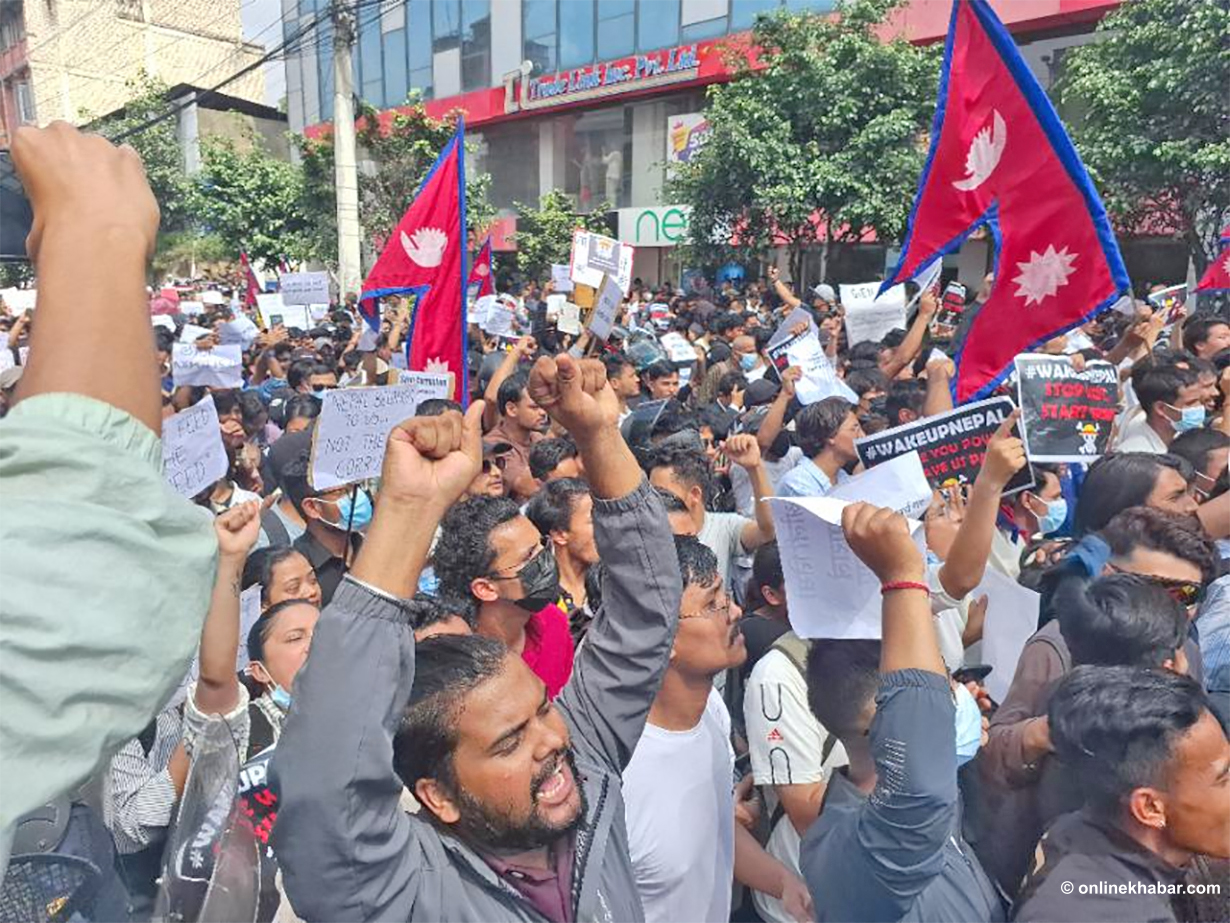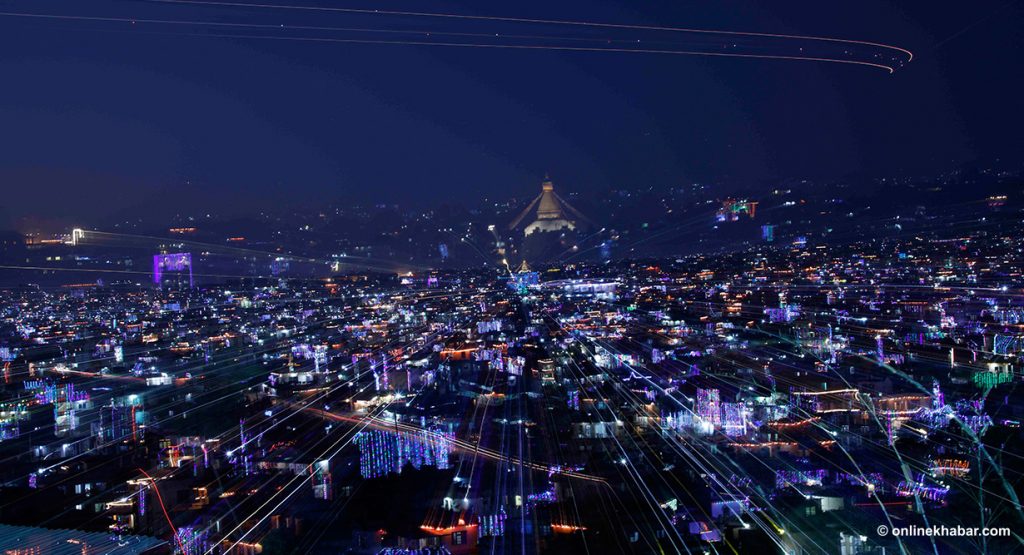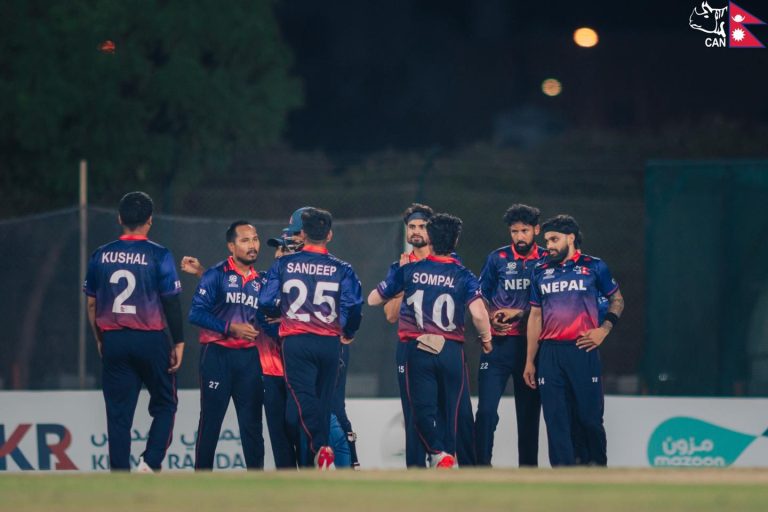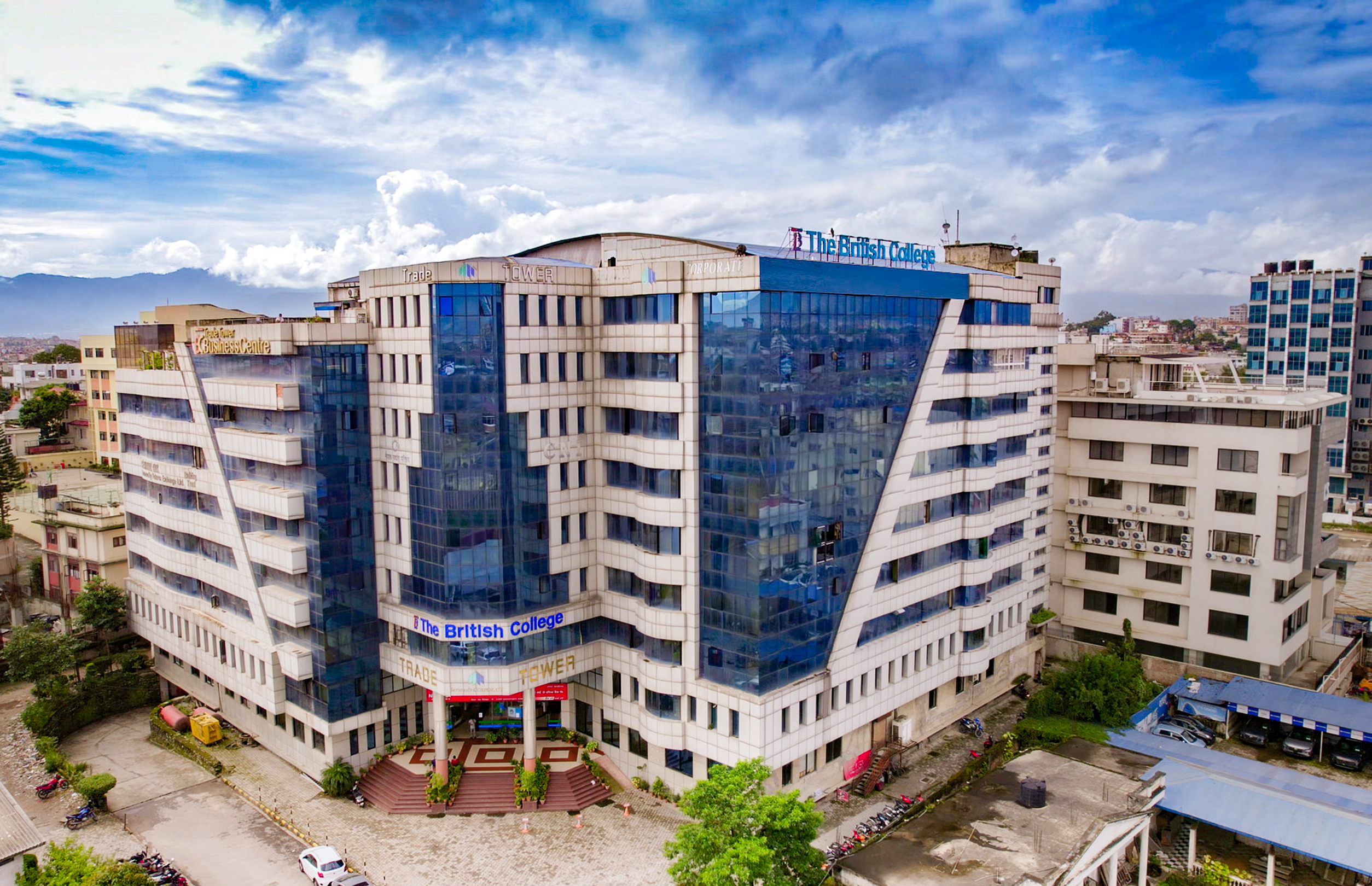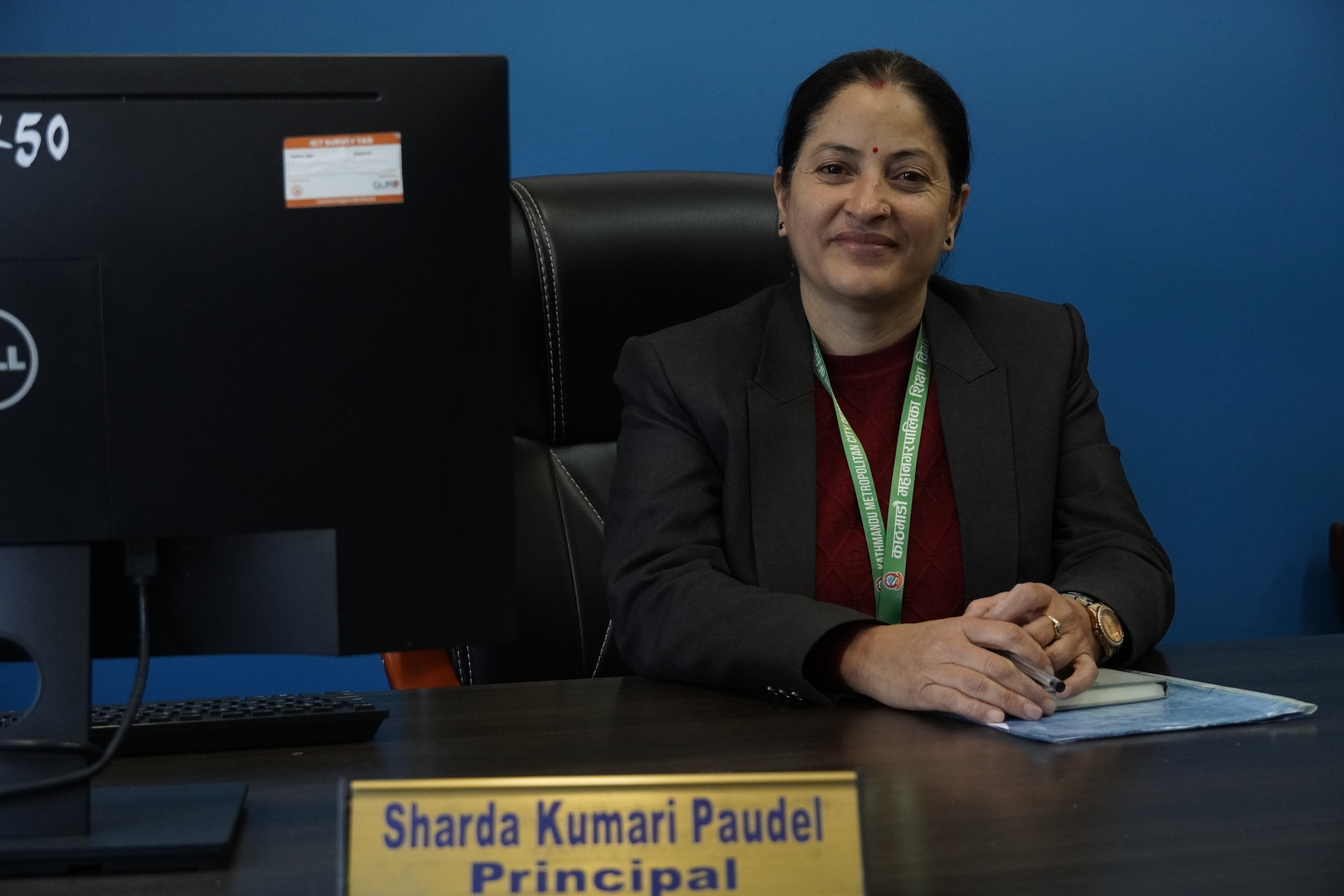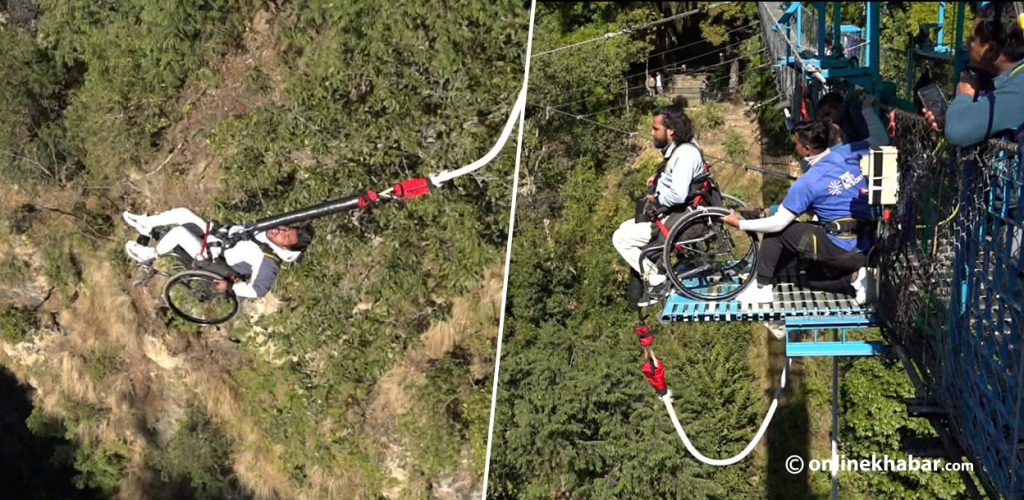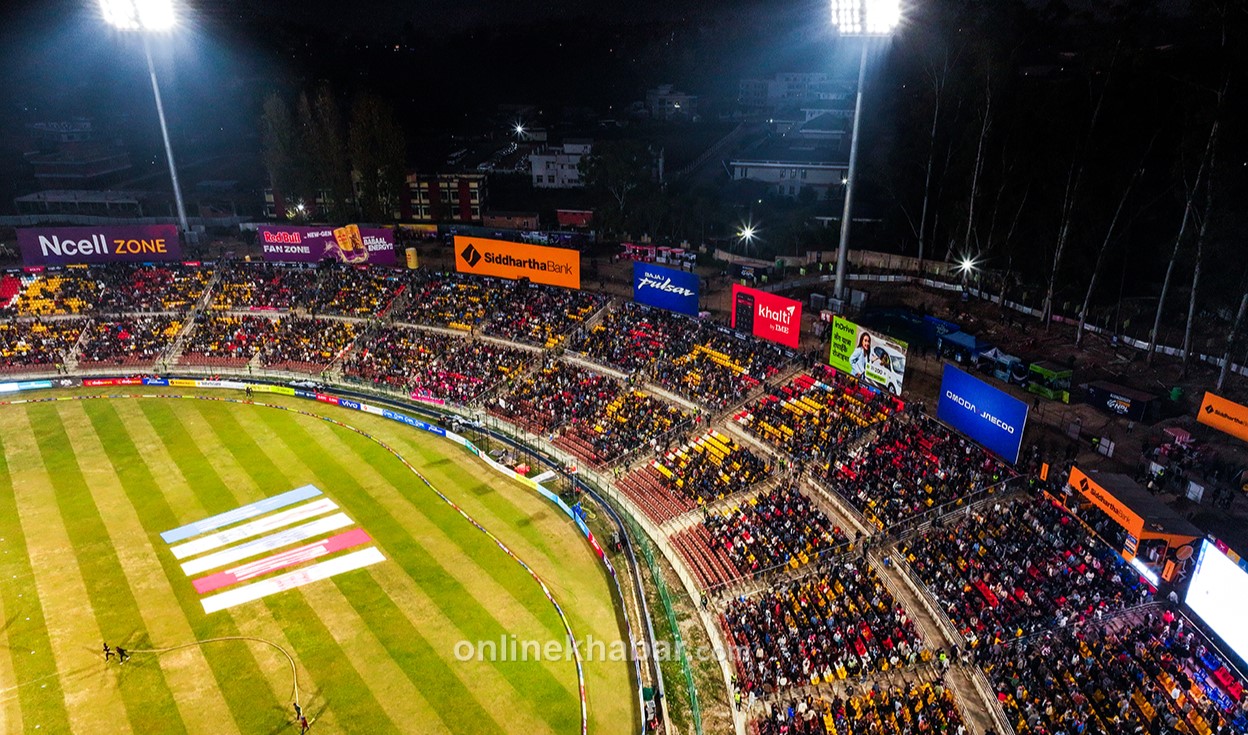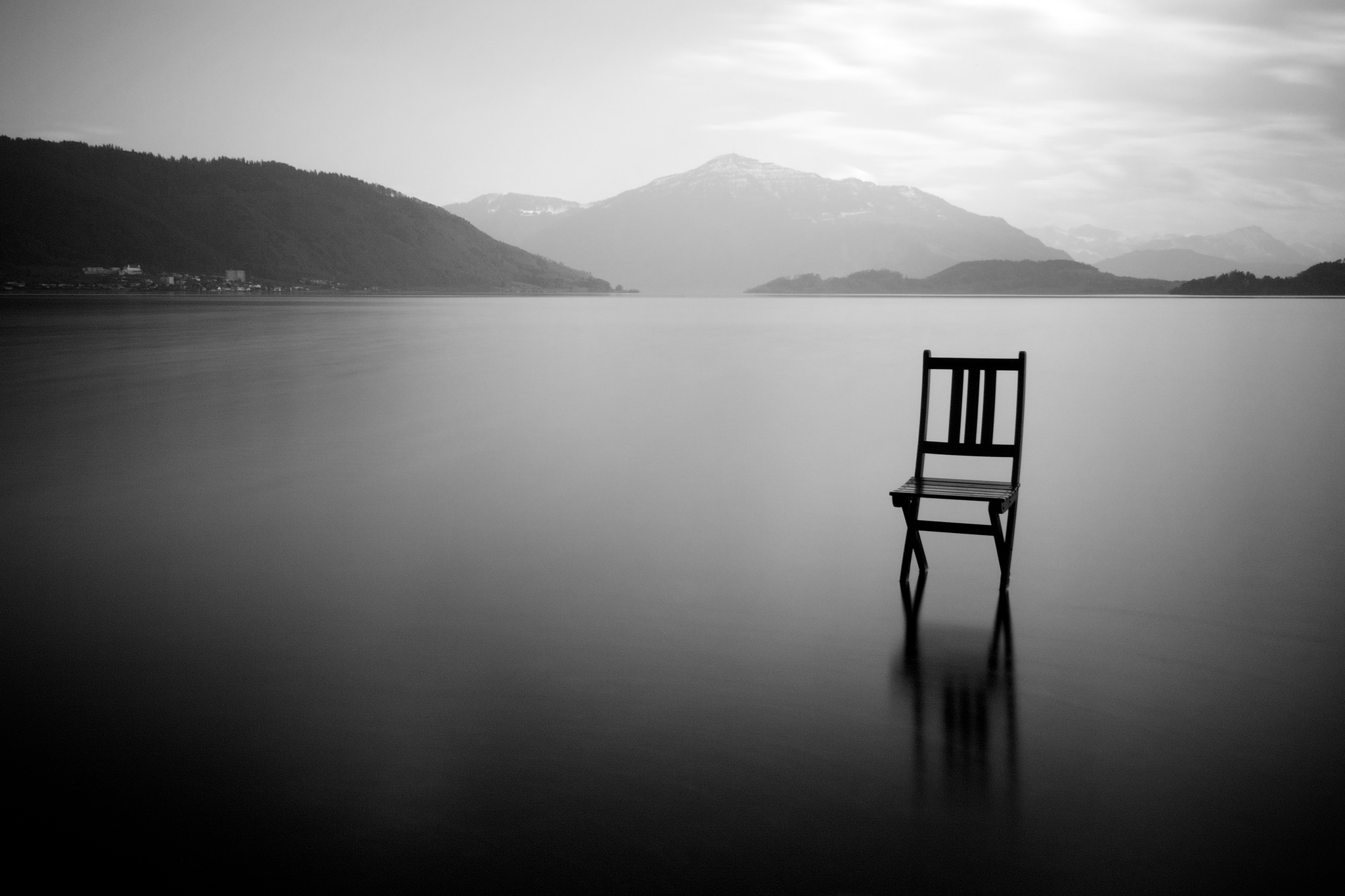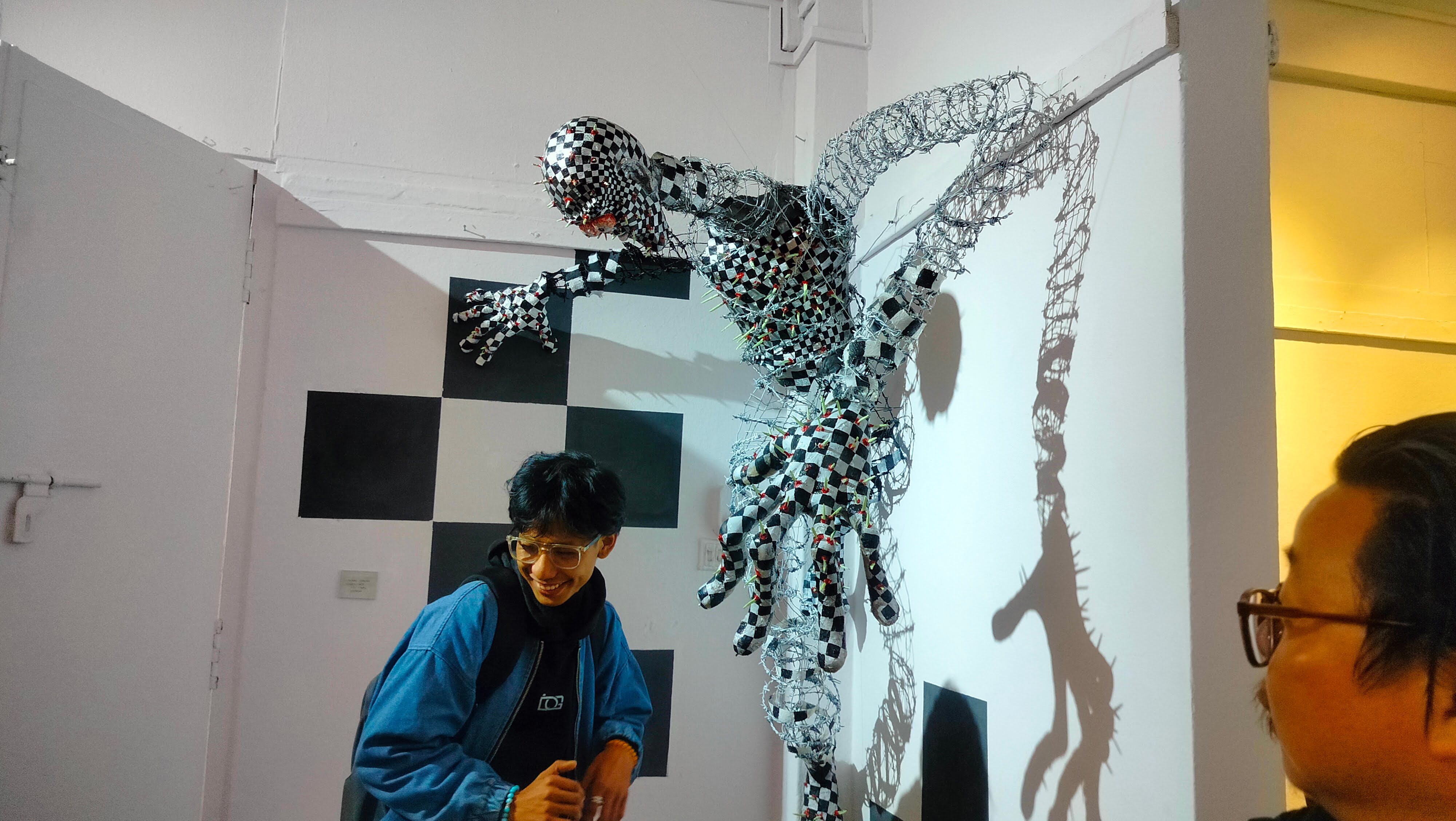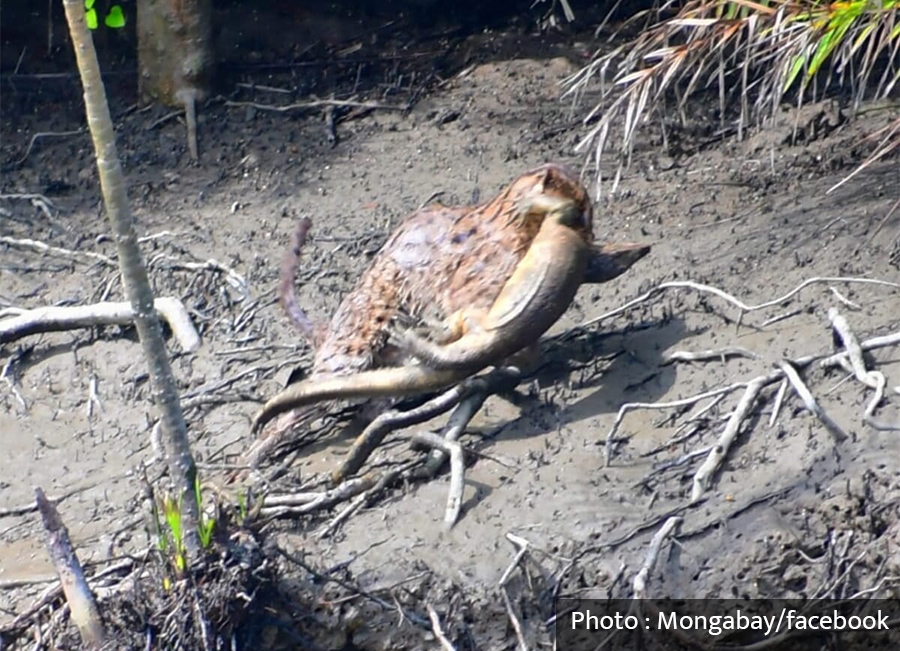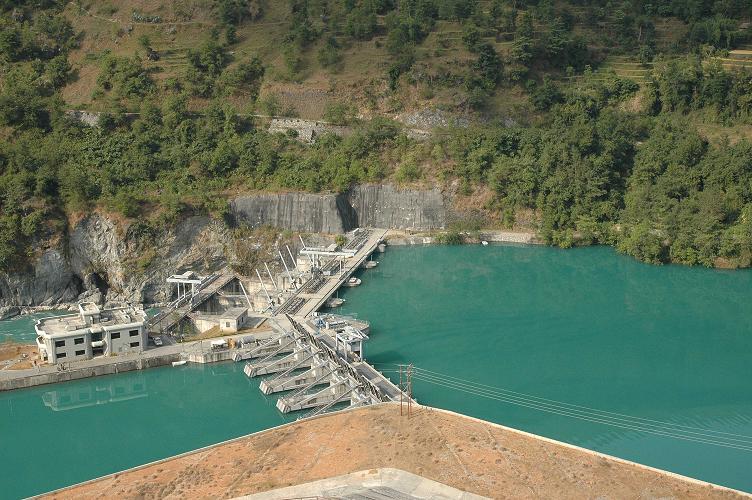
Nepal has made remarkable progress in expanding electricity generation capacity from 50 MW to 3,500 MW in 60 years. The private sector has played a crucial role in this process, which is evident in its contribution of around 80 percent of the installed capacity. However, much of the 3,500 MW is generated by run-of-river (RoR) projects that operate at full capacity for four to five months only during the rainy season.
Electricity generation drops sharply during the dry season and Nepal has to import power to meet the domestic needs. The over reliance on RoR projects, therefore, is not ideal for attaining energy stability and security. If, for example, Nepal had, say, 40 per cent of the 3,500 MW capacity coming from storage projects, the supply situation would have been different in terms of stability. The over reliance on RoR projects also explains why Nepal has been unable to insulate the national grid from seasonal fluctuations.
Nepal produces surplus electricity during the monsoon season (June-September) every year, and this energy is either spilled or exported to India at low prices. Electricity production drops by up to 75 per cent during the dry season, when Nepal imports electricity from India to meet the shortfall in domestic supply. In fiscal year 2023/24, Nepal exported 1,946 GWh during the wet season and imported 1,895 GWh during the dry season.
Energy-mix target
The Government of Nepal has announced the National Energy Crisis Mitigation policy and Electricity Development Decade (2016–2026) as part of its energy diversification effort. Among others, the policy seeks to address the imbalance in energy production by adopting the following energy-mix targets:
40–50% Pumped/ storage
15–20% Peaking RoR
25–30% Conventional RoR
5–10% Other sources
On 8 May 2018, it issued a White Paper, with slightly different targets:
Reservoir/ pumped: 30–35%
Peaking RoR: 25–30%
Conventional RoR: 30–35%
Other alternative sources: 5–10%
The primary objective of the diversification policy is to make the country self-reliant in electricity generation for ensuring energy security. However, even after seven years since the implementation of the policy began, the contribution of storage-type projects remains very low – around 3.02 per cent of total capacity, equivalent to 106 MW. This power comes from Kulekhani I, II and III.
Recently, the government announced another ambitious target of generating 28,500 MW of electricity by 2035. This number is higher than the combined capacity of 672 projects that are either in operation, have obtained generation licenses, or are in the generation licensing process.
When completed, these projects will generate 19,017 MW. The number and capacity of projects in the pipeline suggests that Nepal is on track to meet its capacity goals, but according to the Department of Electricity Development (DoED), these projects do not align with the desired energy mix targets.
Table: Pipeline projects 2025
| Status | Number of Projects | Capacity (MW) |
| Operational | 213 | 3,514 |
| Under Construction/ Construction license | 297 | 10,409 |
| Applied for Construction license | 162 | 5,095 |
| Total | 672 | 19,017 |
Source: DoED
Of the projects in the pipeline, the Tanahun Storage Hydropower Project (140 MW) being built by the Nepal Electricity Authority (NEA) is under construction and is expected to be completed by May 2026. Seven more storage projects with a total installed capacity of 4,147 MW are in the licensing process. In addition to projects that will generate 19,017 MW, there also are others in various stages of development. However, what is concerning is that most of the new projects are of the RoR-type, which indicates that there has been no effort whatsoever to align generation for meeting the energy mix targets.
The imbalance persists for two main reasons. First, nearly all large storage projects are still reserved for development by the state utility, which has both limited resources and other competing national priorities. Second, private investors have also shied away from storage projects because existing policies and power purchase agreements (PPAs) do not compensate them fairly for the higher costs and the greater risks involved compared to building RoR projects.
Putting together adequate finances is a major challenge faced by government initiatives to build storage projects. These projects require large investment and, therefore, it is unrealistic to expect the government to be able to build them in numbers that are necessary for balancing the energy mix, at least in the medium term.
But, if the government creates a favorable investment environment, there is no doubt that the private sector will complete the RoR projects in the pipeline., and move on to building storage projects (can we delete the red part?). The private sector has a track record of timely project completion and already contributes around 80 percent of the total electricity. It is also highly efficient in securing financing. Therefore, private sector involvement is key if we are to rapidly develop more storage-type projects.
As of now, the private sector does not have licenses for developing storage projects, which is also an indication of lack of interest because these projects come with significantly higher costs and risks compared to RoR projects. Further, the government does not also have appropriate policies to encourage private sector investment and risk-taking.
Two large storage projects under discussion in Nepal are the 1,200 MW Budhi Gandaki Storage Hydropower Project with capacity of generating 3,383 GWh of energy annually, and the 670 MW Dudhkoshi Storage Hydropower Project that could generate 3,442 GWh of energy each year.
The costs of these projects are also high: Budi Gandaki is estimated to cost about USD 2.59 billion – Rs 302.2 million per MW – and Dudhkoshi is expected to cost USD 2.20 billion –Rs 459.7 million per MW. For comparison, a typical 100 MW RoR project costs around NPR 200 million per MW and often has a higher capacity factor. The downside of RoR projects is that they cannot store energy for use when it is most needed.
Storage projects have both high costs and risks but they also offer multiple benefits. They provide reliable and consistent supply of electricity throughout the year, provide grid stability – by moderating supply fluctuations – and lower the risk of blackouts.
They also come with multiple other benefits – flood control, irrigation, tourism and disaster management. RoR projects can generate electricity only as long as there is adequate water in the river, while storage projects collect water during the rainy season, store it, and use it as needed to produce electricity. It is, therefore, time to find ways to encourage the private sector to engage in building and running storage projects as this appears the only approach Nepal has for meeting its energy-mix targets.
Critical reforms
The NEA purchases electricity from RoR hydropower projects at Rs 4.80 per unit during the wet season and Rs 8.40 per unit during the dry season, with an annual 3 percent escalation rate for eight years.
If the cost and electricity generation of storage-type projects are to be compared and brought to parity with run-of-river hydropower plants, then the PPA rate for the 1,200 MW Budhi Gandaki Hydropower Project should be Rs 12.64 per unit (wet season) and Rs 22.12 per unit during the dry season.
Similarly, for the 670 MW Dudhkoshi Storage Hydropower Project, the PPA rate should be NPR 10.67 per unit (wet season) and NPR 18.67 per unit (dry season). Both projects would also need to be provided with the annual escalation of 3 percent for up to eight years as is the case for RoR projects. This is the minimum required to reach cost parity in PPA rates for storage projects.
Typically, storage projects face higher risks, longer construction periods, delayed returns on investment, and higher costs for dam construction. Additionally, there are costs associated with land acquisition, compensation for submerged areas, deforestation, and for building access roads, and high-capacity transmission lines. Many of these costs do not apply to RoR projects. Encouraging private investment in storage projects would, therefore, require additional incentives over the adjusted PPA rates.
Nepal needs to build storage projects for energy security and stability and also for meeting its generation targets. This would require collaboration between the private and public sectors. Even though Nepal’s installed capacity has been expanding, there can be no energy security without having a mix of storage and pumped storage projects together with the RoR plants.
Offering higher PPA rates and other incentives to account for both the high costs and risks can encourage the private sector to invest in storage projects. Nepal will not need to import electricity seasonally and can also be a reliable regional energy exporter once it has the requisite number of storage projects.
By law, all hydropower projects —RoR and storage – become state assets at the end of the licensed period. Typically, after 30 years of operation, the developer must hand over the project to the government free of cost and in good operating condition.
Such projects can be operated for many more years after the transfer. One example is the Hoover Dam in the United States, which was commissioned in 1936 and is still generating electricity and providing other benefits that result from storage projects such as flood control, irrigation, and tourism. Nepal’s storage projects can also deliver similar, and enduring, benefits over time.





